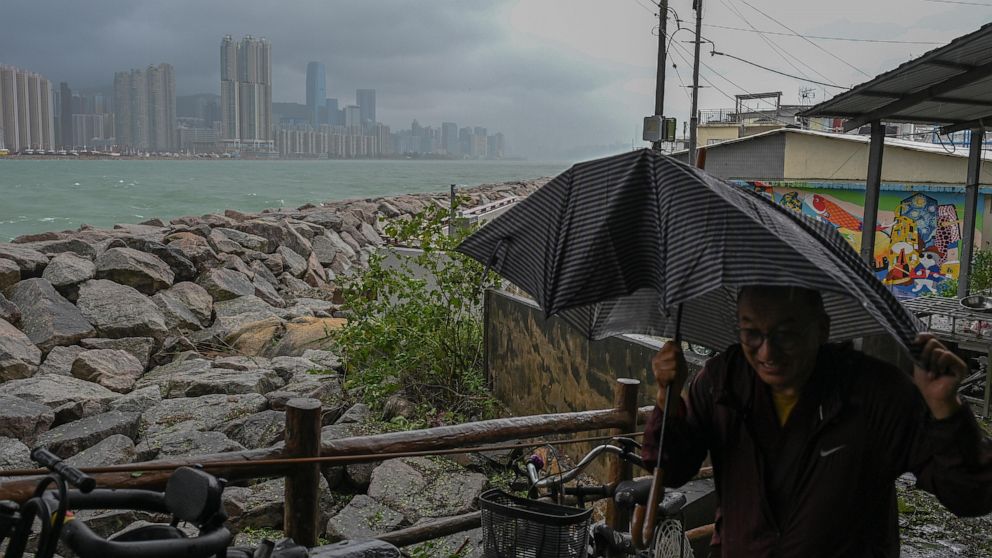Typhoon Saola Hits Southern China as 900,000 People Evacuate to Safety
Typhoon Saola, a powerful tropical cyclone, has made landfall in southern China, prompting the evacuation of around 900,000 people. The storm, which originated in the western Pacific Ocean, has already caused significant damage and loss of life in the Philippines and Taiwan before reaching the Chinese coast.
The typhoon struck the southern province of Guangdong, an area known for its dense population and vulnerability to severe weather events. As a precautionary measure, local authorities ordered the evacuation of hundreds of thousands of residents from low-lying and coastal areas. The mass evacuation aimed to protect people from potential flooding, landslides, and strong winds associated with the typhoon.
China’s National Meteorological Center issued a red alert, the highest level of warning, urging residents to take immediate action to ensure their safety. The center predicted that Typhoon Saola would bring heavy rainfall and strong winds to the affected region, posing a severe threat to public safety and infrastructure.
The Chinese government has been proactive in its response to the typhoon, mobilizing emergency response teams and deploying resources to assist with evacuations and rescue operations. The authorities have also set up temporary shelters and relief centers to accommodate those displaced by the storm.
In addition to the evacuation efforts, schools and businesses were closed, and transportation services were suspended in many areas to minimize the risk to the public. The government has urged citizens to stay indoors and avoid unnecessary travel until the storm passes.
Typhoon Saola’s impact on China comes after it wreaked havoc in the Philippines and Taiwan. In the Philippines, the typhoon caused widespread flooding and landslides, resulting in dozens of fatalities and displacing thousands of people. Taiwan also experienced heavy rainfall and strong winds, leading to casualties and significant damage to infrastructure.
The occurrence of such extreme weather events is not uncommon in this part of the world. Southern China, the Philippines, and Taiwan are frequently affected by typhoons during the annual typhoon season, which typically runs from May to November. These storms often bring torrential rains, strong winds, and storm surges, causing extensive damage to infrastructure, agriculture, and human lives.
Climate change is believed to be a contributing factor to the increasing intensity and frequency of typhoons in the region. Rising sea surface temperatures provide the energy needed for typhoons to form and strengthen. As global temperatures continue to rise, it is expected that the impact of these storms will become more severe, posing a greater threat to coastal communities.
Efforts to mitigate the effects of typhoons and other extreme weather events include early warning systems, improved infrastructure, and disaster preparedness measures. Governments and international organizations are working together to enhance forecasting capabilities, strengthen evacuation procedures, and promote climate resilience in vulnerable areas.
As Typhoon Saola continues its path through southern China, the focus remains on ensuring the safety and well-being of the affected population. The evacuation of 900,000 people demonstrates the commitment of the Chinese government to protect its citizens from the destructive forces of nature. However, as climate change continues to shape our world, it is crucial that we collectively address its root causes and work towards building a more resilient future for all.



